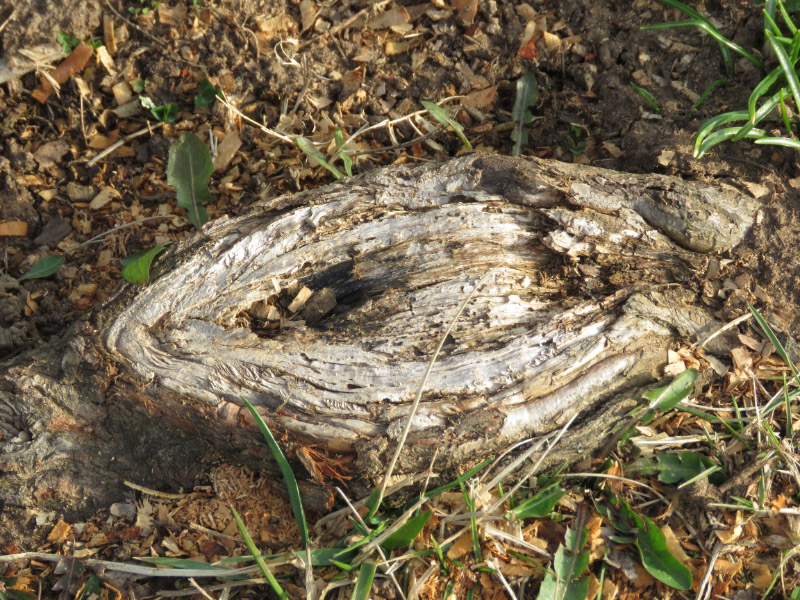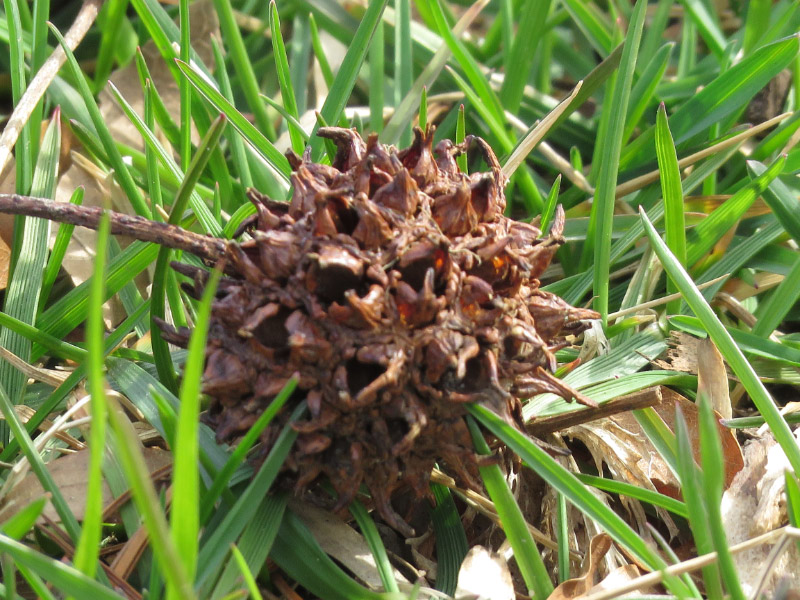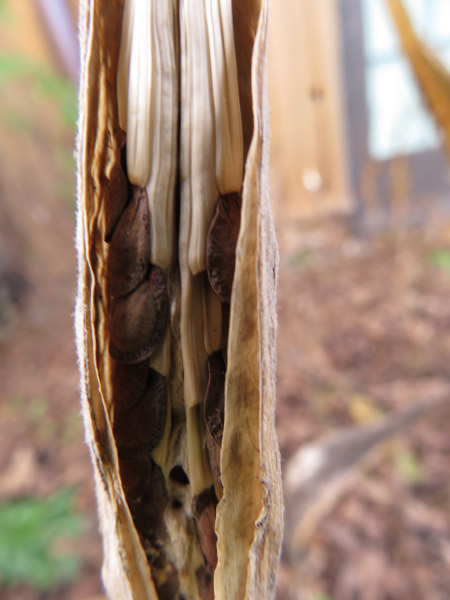Gleanings of the Week Ending January 16, 2021
/The items below were ‘the cream’ of the articles and websites I found this past week. Click on the light green text to look at the article.
Wingspan and Other Tabletop Games for Naturalists – A new indoor activity for during the winter?
Square Structure Detected Under Monte Albán’s Main Plaza - Archaeology Magazine – The plaza was in use for 1,000 years….and evidently the structure detected with ground penetrating radar, electrical resistance and gradiometery is 60x60 feet…and about 3 feet thick. More study of the data might reveal if the building had stairs, tunnels, and columns.
Leaf microbiomes are a neighborhood affair in northern forests -- ScienceDaily – The microbes associated with trees have been an active research area in recent years. This study looked at Sugar Maples and discovered that their microbiome was similar to the trees around them…whether it was other sugar maples or conifers….other species entirely.
A warm pool in the Indo-Pacific Ocean has almost doubled in size, changing global rainfall patterns | NOAA Climate.gov – The impacts on large-scale atmospheric circulation and rainfall are expected to intensify in the future.
Top 25 birds of the week: January 2021 – This collection includes a photo of a red-breasted nuthatch…a bird we’ve seen at our feeder this year!
Photographer Nathan Myhrvold Captures Snowflakes in High Resolution – I enjoy trying to photograph snowflakes…but I do it close to home where the challenge is higher temperatures. That tends to cause them to clump rather than be easily separated into single flakes. It’s still a fun activity for snow days.
New mammogram measures of breast cancer risk could revolutionize screening -- ScienceDaily – Improving the way mammograms are analyzed…giving results at the time of screening instead of later then moving toward personalized screening thereafter rather than ‘one size fits all.’ I wonder how long it will take for this to trickle through the industry.
Flapper style | Europeana – Our family has a picture of one of my grandmothers in a flapper dress. She probably made it herself – as the article indicated…they were easy to make and patterns were available. The dresses have a timelessness to them even though they are associated with the 1920s. They look great as party dresses even 100 years later!
'Sparkling' clean water from nanodiamond-embedded membrane filters -- ScienceDaily – The problem the researchers are addressing is filtering of the hot water from oil recovery and other industrial processes. We’ll need more technologies like this to clean up water we can’t afford to leave polluted forever….but we should concurrently move toward technologies that don’t leave toxins in water. Technologies should be designed with the goal in mind of 0 waste.
Researchers Catch Oldest Tropical Reef Fish Known to Science | Smart News | Smithsonian Magazine – An 81-year-old midnight snapper! They also caught a 79-year-old red snapper in the same area. Climate change is already warmed the reef enough that the life-span of the fishes there is expected to be shorter in the future. The record for oldest known vertebrate in the world is also a sea creature – a 400 year old Greenland shark.










































